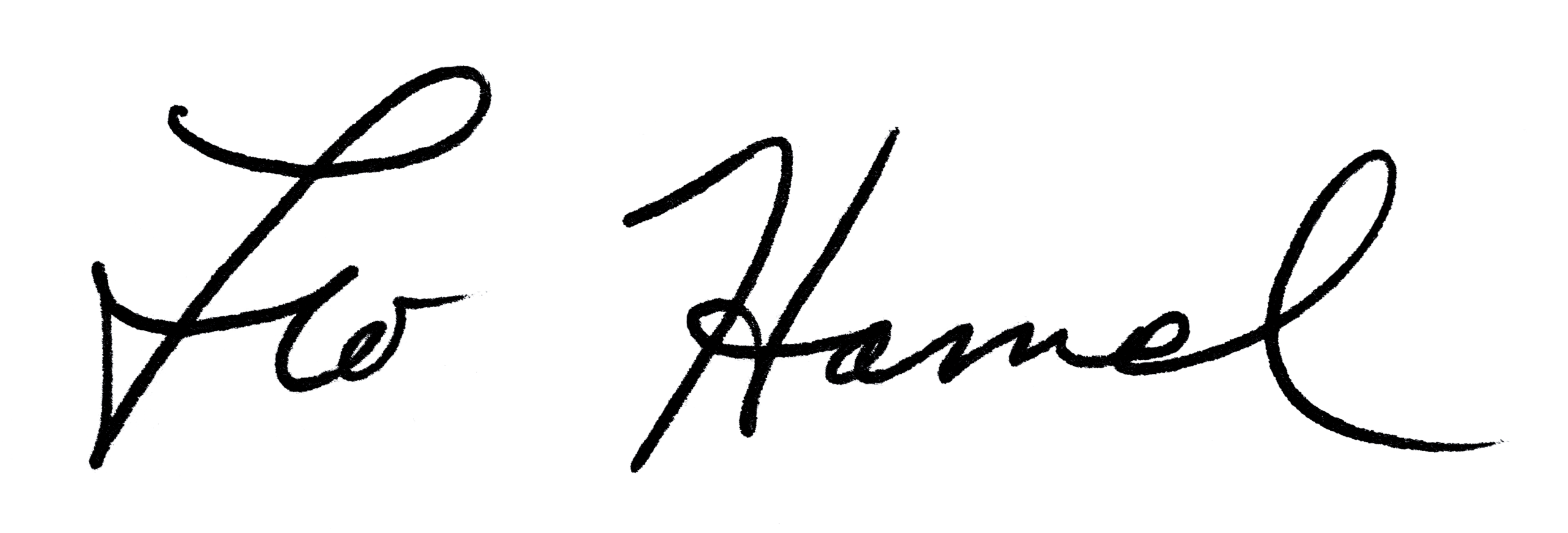
Leo Hamel Fine Jewelers Policy Letter
How to Handle Sales Exchanges
An exchange of already purchased merchandise for other merchandise is really a return and a new sale. When a customer comes in with an exchange, look up the salesperson of the original sale and turn the exchange over to that person, so they have the chance to salvage their sale and their commission.
The intention in an exchange should be to up-sell the customer to a higher profit item and not to sell a lower profit item. We want to preserve the profit that was already realized in the first sale.
If the original salesperson takes the return, he or she will take the return of the original sale and the stat for the new sale, thereby receiving credit for only the amount of the new sale that is more than the original sale or deduction if the sale is lower.
If the original salesperson is with another customer, give him or her the opportunity to turn their current sales cycle over to you so that they can handle the exchange. If that is not possible, or they are not in the store, or no longer employed here, then handle the exchange yourself.
If you handle the return and the new sale and the original salesperson still works here, you will both split the return and the new sale. If the new sale is more than the original sale, you will both receive a net stat of the higher amount of GI, GP, and commission. If the new sale is less than the original sale, you will both end up with a negative amount of GI, GP, and commission.
The reason this is “fair” is because the salesperson, whether the original salesperson or some other salesperson, has every opportunity to up-sell the customer to something with a higher profit. Failing that, the salesperson must take responsibility and accept the reduction in profit and commission, just as they would accept the increase in profit and commission for a higher sale amount.
If you handle the return and the new sale and the original salesperson no longer works here, and you can up-sell the customer to a higher profit item, you will take both the return of the original sale and the stat for the new sale, thereby receiving credit for only the amount of the new sale that is more than the original sale. If the new sale is less profit than the original sale then both the return and the new sale will be statted to the store and you will not get the stat or commission. See above paragraph for the reason why this is “fair.”
After the return and new sale are completed, which salesperson keeps or takes over the customer should be handled according to the policy, “Hey, That’s my Customer.”
